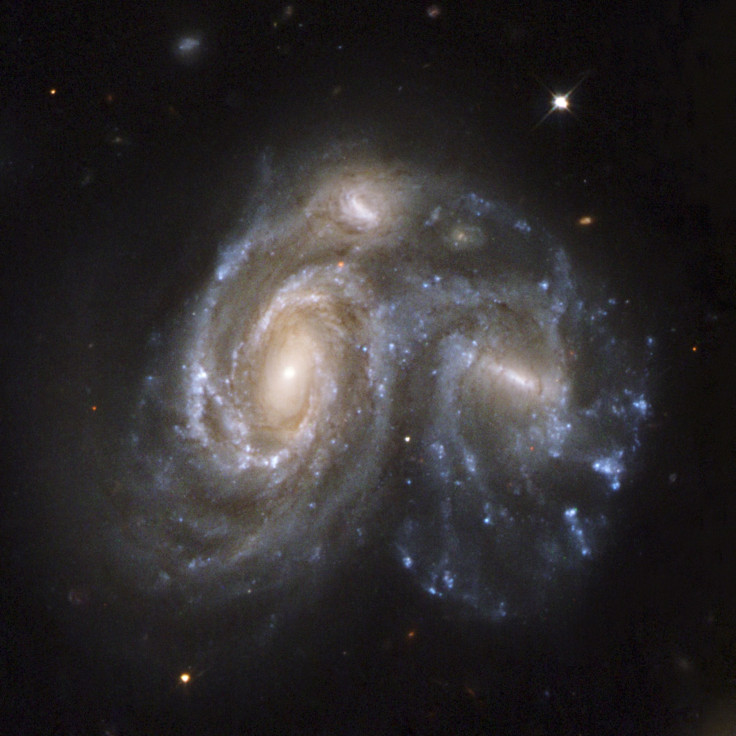'Alien' Signal Captured By Russian Telescope Most Likely Came From Earth

In May 2015, a team of international researchers detected a strong signal on a star in the Hercules constellation—called HD 164595—located 94 light years away from Earth. After recently alerting the Search for Extraterrestrial Intelligence (SETI) team, there is reportedly an ongoing investigation looking into the signal picked up by Russia’s RATAN-600 radio telescope located in Zelenchukskaya.
Now, the Special Astrophysical Observatory of the Russian Academy of Sciences has issued a statement revealing that the signal most likely originated on Earth and not on the star. Full details on the basis of the conclusion that the signal was terrestrial have not been disclosed. The announcement does mention; however, that the RATAN-600 has the ability to pick up weak signals since it covers frequencies from 1 to 22.7 GHz.
"Subsequent processing and analysis of the signal revealed its most probable terrestrial origin,” reads the statement.
Revelation of the signal and the consequent investigation had sparked dialogue on whether this is the first sign of extraterrestrial life, especially since the star is similar to the Sun.
"The signal from HD 164595 is intriguing, because it comes from the vicinity of a sun-like star, and if it's artificial, its strength is great enough that it was clearly made by a civilization with capabilities beyond those of humankind," said astronomer Douglas Vakoch, president of METI International, to CNN.
But experts begged to differ. After news of the signal was released, SETI’s senior astronomer Seth Shostak leveled expectations. “There are many other plausible explanations for this claimed transmission, including terrestrial interference," wrote Shostak. “Without a confirmation of this signal, we can only say that it’s “interesting.””
Paul Gilster, author of Centauri Dreams, had also cautioned at the time that the signal is not hard evidence.
“No one is claiming that this is the work of an extraterrestrial civilization, but it is certainly worth further study,” wrote Gilster.
© Copyright IBTimes 2024. All rights reserved.






















